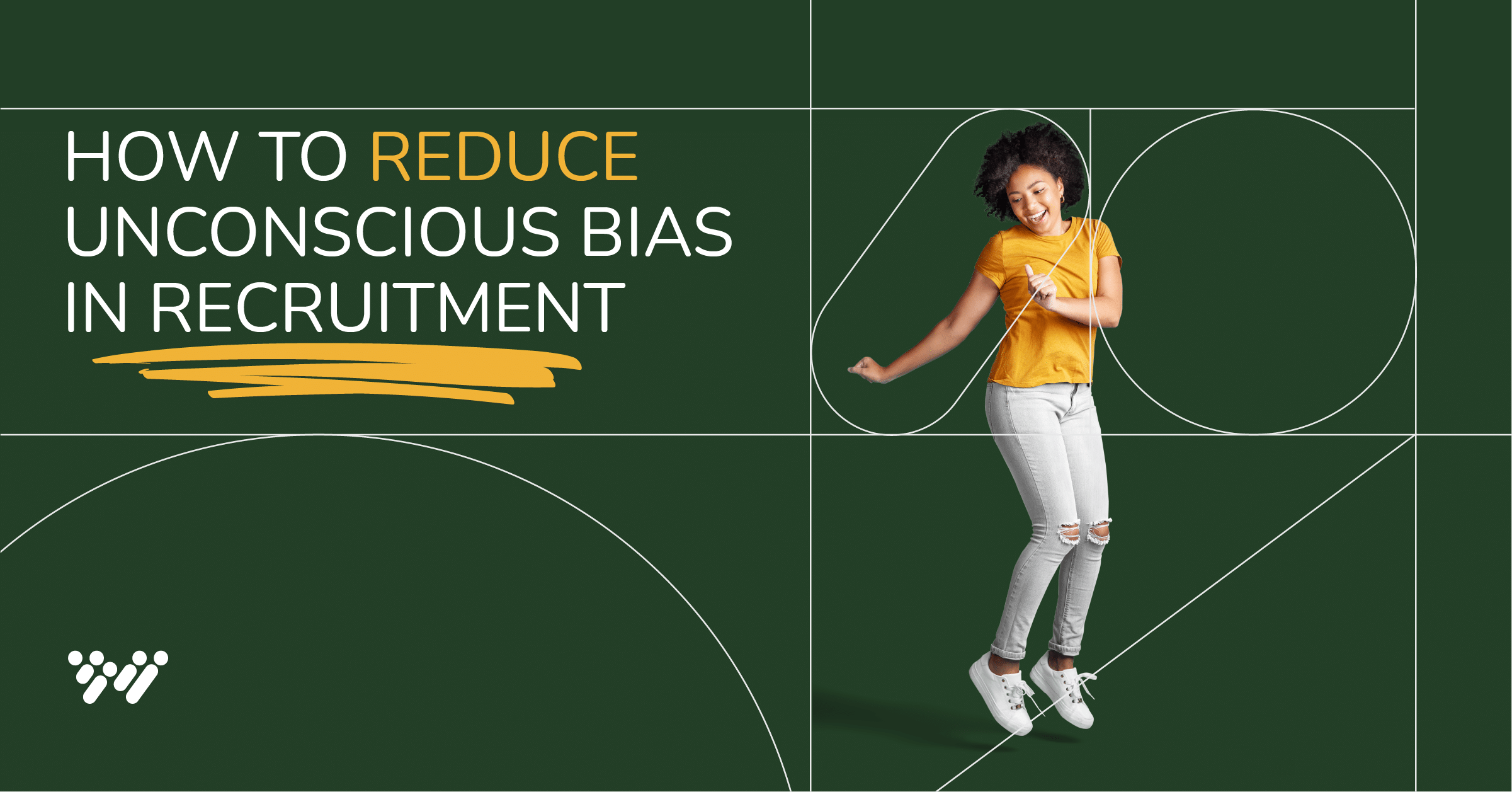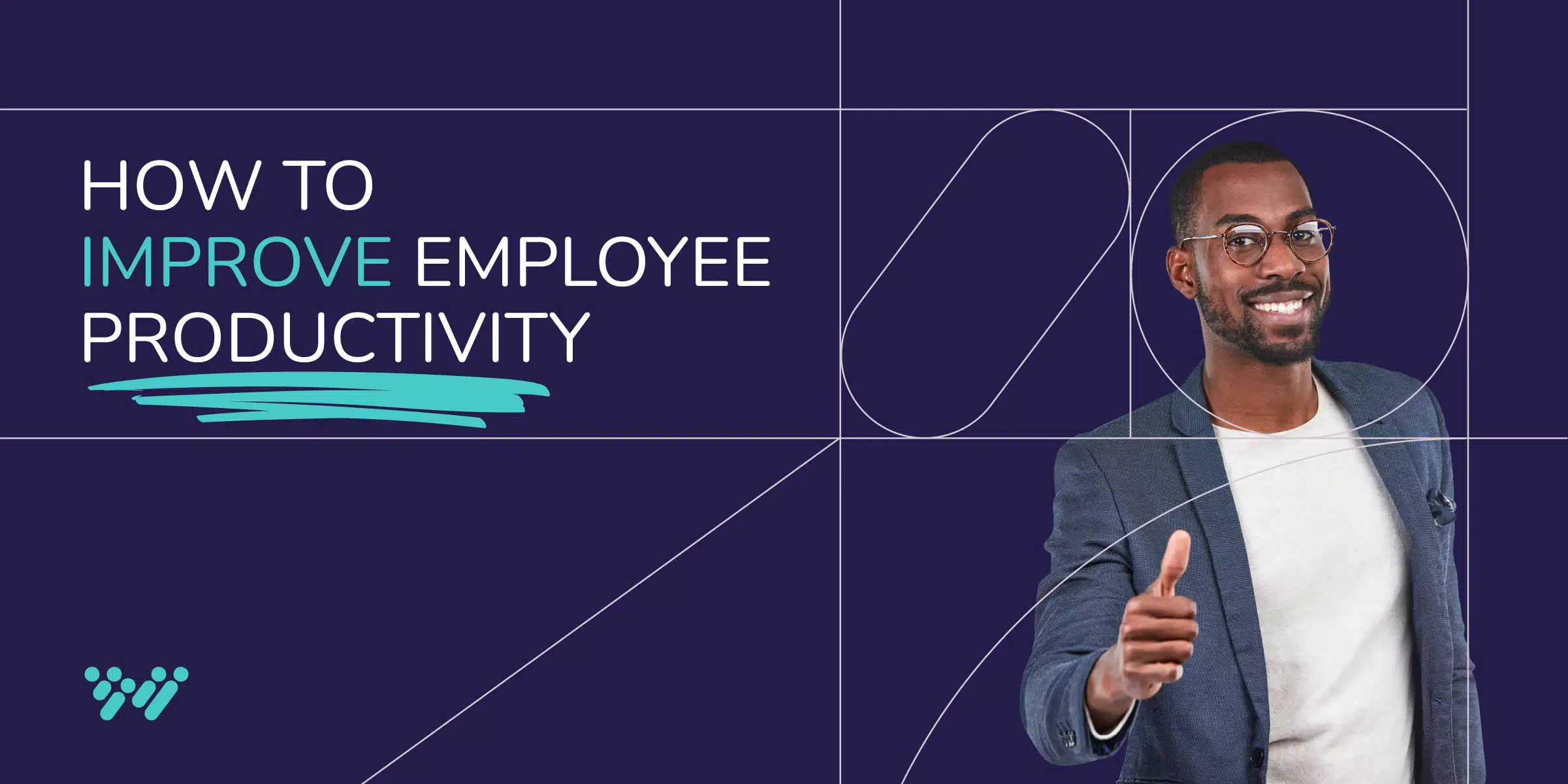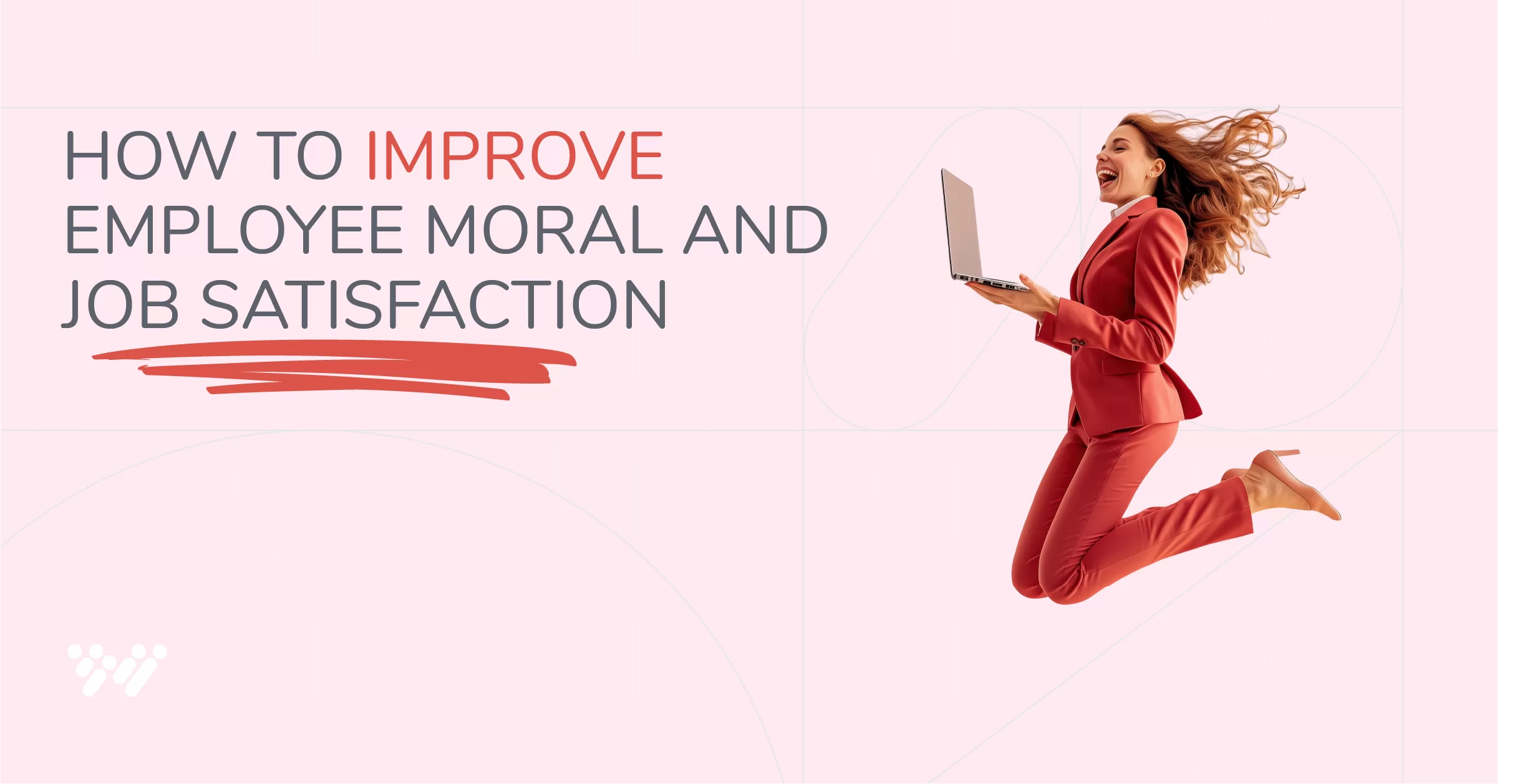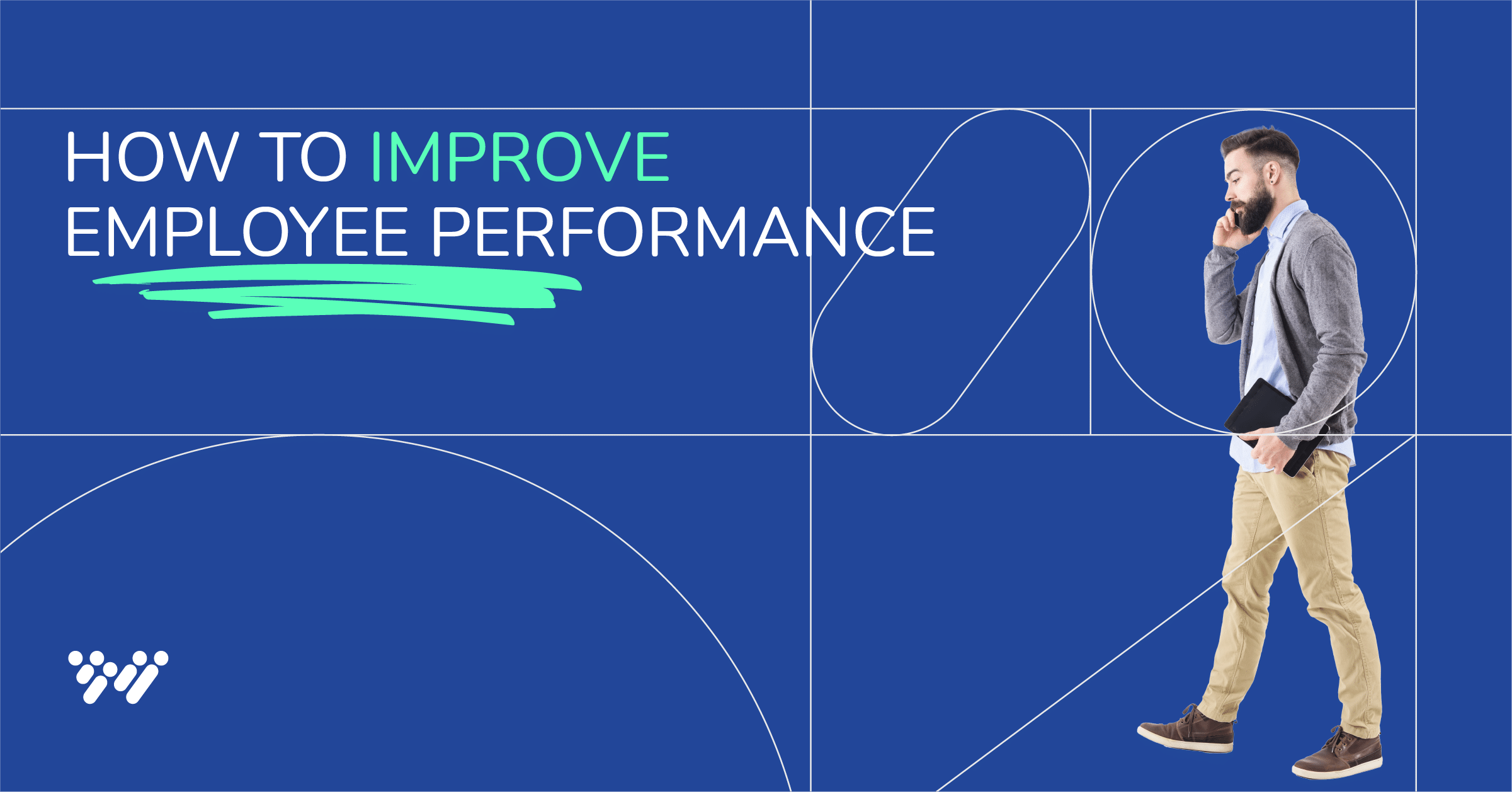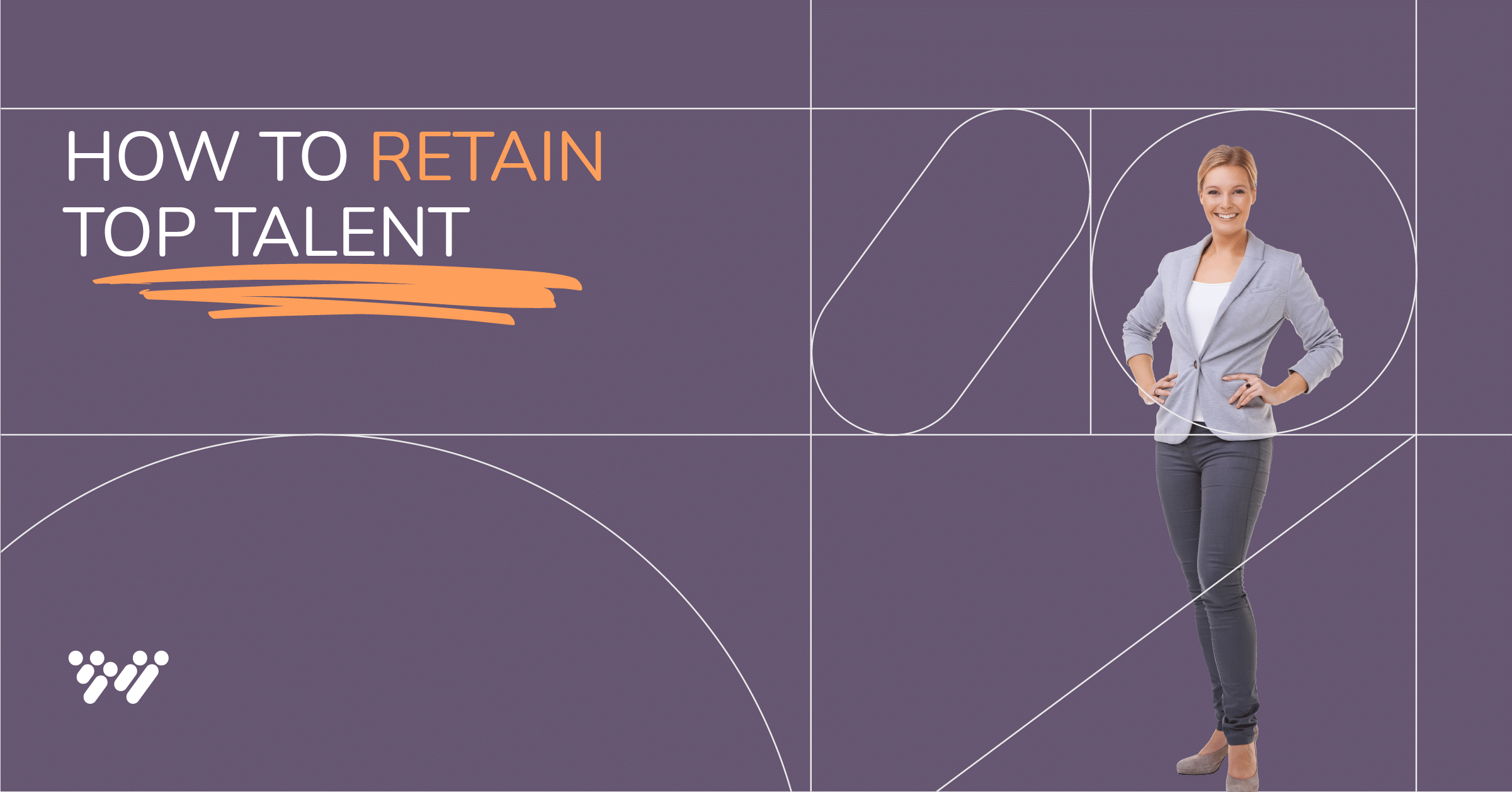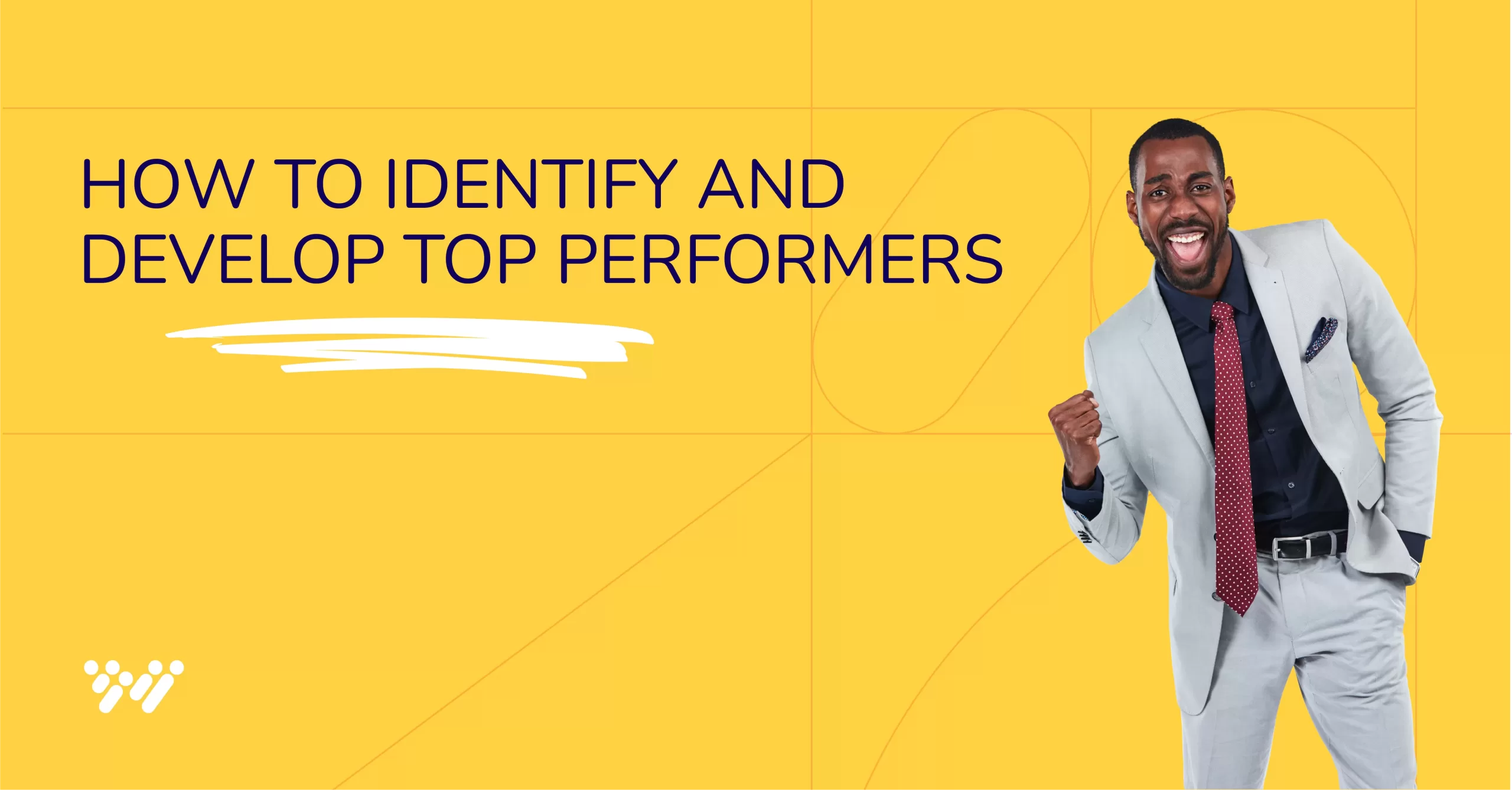Suppose you unwittingly disqualify a candidate after hearing where they went to college(or hearing that they didn’t go to college at all). Or maybe, after realizing a candidate is younger than you initially thought, you have serious doubts about their ability. In both of these cases, you’ve injected unconscious bias into your recruitment process. Understanding how to reduce unconscious bias in recruitment can improve your hiring practices.
While unconscious bias is never helpful, it’s almost impossible to avoid completely. As humans, we all have preconceived notions and assumptions from our upbringing, background, and lived experiences that influence our encounters with others. This is especially important to be aware of during the hiring process.
While some biases aren’t always as unconscious as others, they all prevent recruiters from
hiring the best employees. In this blog, we explore the risks of unconscious bias and how you can use a pre-hire assessment to gain an objective view of candidates to make data-driven hiring decisions.
Table of contents
What is unconscious bias?
Unconscious or implicit bias is an assumption about someone or something we may not even be aware of. It often occurs in the subconscious and affects how we interact with others. For example, someone who speaks louder around older adults may have an unconscious bias that assumes they are all hard of hearing.
In hiring, unconscious bias influences our reactions to what we hear, see or perceive in an interview or from a resume. The result: Candidates may not be considered for what they bring to the table and disuqalified based on preconceived notions. The root cause is today’s outdated hiring practices. Resumes leave a lot of room for interpretation. They also assume the individual writing the resume knows how to write one well and list all their relevant traits and experience. The solution is adopting a more objective and standardized hiring practice that uses scientifically validated methods to measure employees’ skills, traits, and potential (more on this later).
Examples of unconscious bias in recruitment
The stats show that bias can be strong and very apparent, with 4 in 10 hiring managers purposefully avoiding Gen Z hires due to stereotypes about that age group. They also discriminate against older candidates, saying they wouldn’t hire someone who appears elderly.
Bias — unconscious or not — can show up in everything we do, but it’s especially harmful in the context of hiring, as it affects people’s livelihoods and careers. Being aware of these biases is the first step in overcoming them. Some of the more common types of bias include:
Affinity bias
This bias favors candidates who share similarities with the hiring team or interviewer. It emphasizes the applicant’s background, interests, or cultural traits that a hiring professional may feel comfortable with, but it doesn’t necessarily reflect on the candidate’s qualifications. It happens because people tend to feel better around those like themselves. Unfortunately, this can lead to a very homogenous and exclusionary workplace. For example, consider a meeting of executives that constantly derails into conversations about sports. Anyone not into sports for example — would feel left out. This can lead to missed opinions (or, worse, overlooked opinions) due to certain parties feeling excluded or unwelcome.
Example: A hiring manager gives a job to an alumnus of their college before considering other candidates.
Status quo
Status quo is a type of bias in which preference is given to candidates who represent the ways things have always been. Hiring professionals who demonstrate this bias are reluctant to experience change. They may shut out candidates who would make things different for themselves or the team as a whole.
Example: A company always hires people from the same career fairs, schools, or demographic groups over others who apply.
Confirmation bias
When a hiring manager sees a candidate as a good fit (or a bad fit), even when given contrary evidence, they may be experiencing confirmation bias. This type of bias is the opposite of keeping an open mind. It results in an interviewer latching on to the details that confirm their preconceived expectations and disregarding everything else.
Example: A hiring manager dislikes a particular school and has already decided any graduates will have a bad interview.
Conformity bias
Most common when interviewing in panels or teams, this type of bias causes an individual hiring professional to sway their opinion to whatever the majority thinks. It works like peer pressure.
Example: A hiring professional feels a candidate would be a good fit. After hearing how the rest of the hiring panel didn’t like the candidate, the professional decides that maybe the candidate wouldn’t be a good fit after all.
Halo effect
The halo effect occurs when a candidate is evaluated based on one positive characteristic rather than a holistic approach. This puts an incorrect emphasis on a single aspect and can cause the hiring professional to ignore serious red flags.
Example: A hiring manager overlooks the details of previous job underperformance because they are too excited to hear about a candidate’s experience with a new technology.
(Note: Another type of bias, the horns effect, is the halo effect in reverse. It happens when a negative trait overshadows everything else a candidate has to offer.)
Beauty bias
While everyone’s definition of beauty varies, a hiring manager who prefers “good-looking” candidates is a form of bias. This bias not only discounts some of the more essential skills and traits but also crosses over into other biases, such as gender or age.
Example: A hiring manager only schedules second interviews with females he considers slender or athletic.
Ageism
Choosing candidates who appear more youthful would be an example of ageism. This bias usually discriminates against older candidates but can also go the other way. (Rejecting an applicant who appears too young to have relevant experience would also be ageism.)
Example: An HR professional rejects an older candidate because he possibly won’t understand technology.
Name bias
Favoring candidates based on their names may seem very superficial, but this type of bias does happen in the hiring process. It can happen early on, too, since it can be done by viewing an application and resume alone.
Example: A hiring manager passes over a candidate because their name seems too tricky to spell or pronounce.
Gender bias
Gender bias occurs when a candidate is not seriously considered due to their gender. While it can be as simple as preferring men over women, it may include not hiring one gender for specific roles or refusing to allow certain genders to work together.
Example: A hiring manager doesn’t consider a male for a role because they had a bad experience with a male in that role before.
Recency bias
Hiring managers deal with large amounts of information and can review dozens or even hundreds of candidate applications. When the most recent applicants get more serious consideration, this is considered recency bias. It happens within a batch of applicants or a single interview.
Example: A hiring manager prioritizes the candidate they spoke to last.
These are just some examples of bias in hiring. Interviewers can use any single trait to discriminate against a candidate. Whether it’s race, marital status, or the car they drive, using information and preconceived notions not related to the job may be considered biased.
Risks of unconscious bias in the hiring process
Because unconscious bias creeps into hiring in subtle and often unknown ways, the downsides may not appear significant, at least not right away. However, bias poses very real risks, including the following.
Missing qualified candidates
Not addressing unconscious bias may cause hiring teams to miss out on the best applicants in their field, which goes against the purpose of most talent searches. It could also contribute to the staggering 58% of hiring professionals who say a lack of qualified applicants is their top concern.
If bias plays into your hiring, that qualified candidate won’t end up at your organization, where you benefit from their talents and skills. Worse yet, they could work for your competitor, putting you at a greater market disadvantage.
Lack of diversity
Unconscious bias leads to the same hiring behaviors over and over, which results in the same type of employees again and again. While predictable, this isn’t ideal for building diversity in teams or organizations as a whole. With a lack of diversity comes a lack of different perspectives, knowledge, and, in turn, competitive advantage.
Poor employee morale and retention
Bias may contribute to the better candidates never getting hired and ultimately limiting who you can promote from within. This continual search for talent outside of the company can frustrate the existing workforce and cause them to aim for their fullest potential or even quit the company.
Brand image
What does a company that hires with bias look like from the outside? To your customer, it may be a workforce lacking diversity, talent, or fairness. Whether you sell protein drinks or luxury cars, this can be a problem, especially as consumers become more savvy in sorting out brands that don’t share their values.
Lawsuits and fines
Discrimination in many forms is against the law, with the U.S. Equal Employment Opportunity Commission (EEOC) laying out the types of bias that may bring a lawsuit, fines, or other penalties:
- Age
- Disability
- Equal Pay/Compensation
- Genetic Information
- Harassment
- National Origin
- Pregnancy
- Race/Color
- Religion
- Retaliation
- Sex
- Sexual Harassment
- Sexual Orientation and Gender Identity
Even if you don’t think your bias is related to any of these candidate traits, reducing bias in all forms keeps you on the right side of the law and will help you build a stronger, healthier organization.
Benefits of reducing unconscious bias in the recruiting process
Working to reduce hiring bias has many advantages for your organization. It often results in hiring the best people for the job — regardless of the personal attitudes of the hiring team.
Attract and retain more diverse employees
Many of the biases mentioned above apply to specific demographics or people groups. If these biases are removed, more qualified people from different backgrounds will make it through the application process. It’s a natural way to bring diversity to your teams and keep them around for the long term. Also, more diverse teams attract more diverse applicants, making it even more important to reduce bias in hiring.
Support innovation
Diverse employees result in diverse thought, which can be an excellent way to drive innovation. With more people from different backgrounds and skills on your teams, brainstorming can be more fruitful, as everyone feels welcome at the table.
Boost brand reputation
Research shows that up to 45% of POC applicants felt they had experienced bias when applying for tech jobs, compared to just 27% of white applicants who felt the same way. Whether there was bias or not, just the perception of bias can negatively impact a company’s reputation in an industry.
When applicants perceive bias, they may talk to others, and bad news gets around. You certainly don’t want to be known as the company that only hires Harvard graduates or discriminates against younger candidates. Reducing bias in hiring can build up your brand as one that seeks true talent in any package.
How Wonderlic reduces unconscious bias in the hiring process
Wonderlic’s pre-hire assessment, Wonderlic Select, measures cognitive ability, personality, and motivation to give a multi-dimensional view of candidates beyond their resumes. Every candidate receives the same test, regardless of their name, age, gender, or educational background. This ensures bias from hiring managers can’t skew a candidate’s scores.
Wonderlic Select uses the latest industrial-organizational psychology and has built-in safeguards to prevent test-taker bias as well, otherwise known as resistance to self-representation or impression management, where an applicant answers based on how they want to be perceived rather than how they actually are. When test takers can’t manipulate the outcome, tests are even more trustworthy.
Wonderlic Select gives an objective layer of data that, when used as part of a standardized process that includes predecided interview questions, can provide a reliable gauge of a candidate’s abilities and potential, time and again.
With data directly related to the role they’re hiring for, hiring managers can make informed decisions. This does more than remove stereotypes and preconceived notions from the hiring equation; it also lets candidates know they’re being treated fairly and helps them find their best employment fit. It’s beneficial for hiring teams and job seekers, helping you establish your brand as an employer that values people for what they bring to the workplace beyond their background.
Get a Demo of Wonderlic
Unconscious bias is a very real problem for recruiting professionals in all industries, and it’s just one of the reasons hiring results don’t match expectations. But it’s not the end of the story.
Even as hiring teams struggle to find talent, they are taking steps to make their efforts pay off in bigger and better ways. Pre-hire assessments are one of the top ways organizations are overcoming unconscious bias to find the best fit the first time, every time.
Are you ready to join them?
Learn how you can reduce unconscious bias in recruitment with Wonderlic Select. Schedule a demo to learn more.
FAQs
Hiring professionals can reduce unconscious bias by learning about different types of bias and where they come from. Standardized hiring processes and data-driven screening tools can also help qualify candidates in a fair and objective way.
Recruiters must first acknowledge that bias exists and can come in many forms. Then, they should implement a standardized interview process and tools that help eliminate bias, like pre-hire assessments to reveal a candidate’s potential by evaluating them on multiple fronts, including cognitive ability, personality, and motivation.
All of us experience unconscious bias, which is an often unrealized attitude or belief about a group of people that prevents us from interpreting their actions fairly. By admitting it happens and taking steps to stop it, hiring can be fairer and result in much better outcomes for candidates and organizations.



